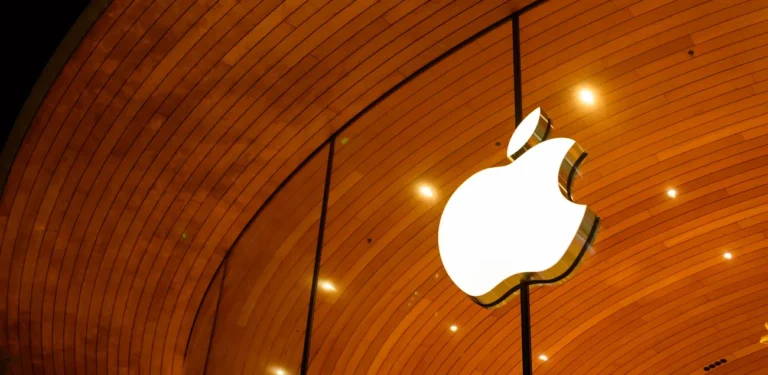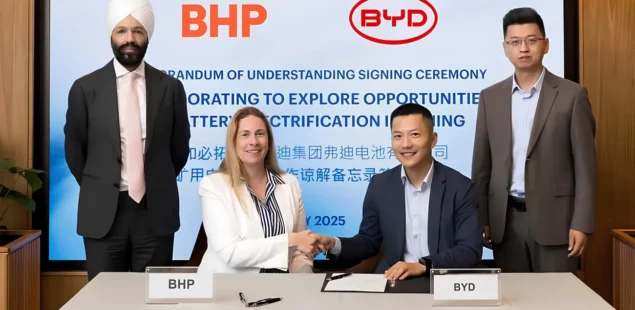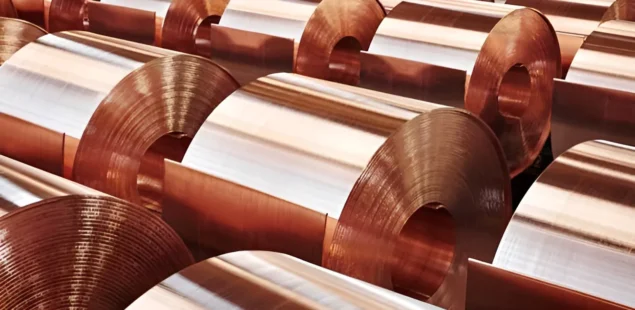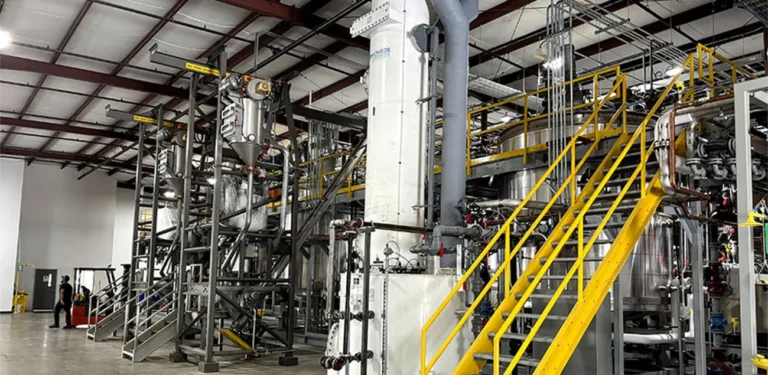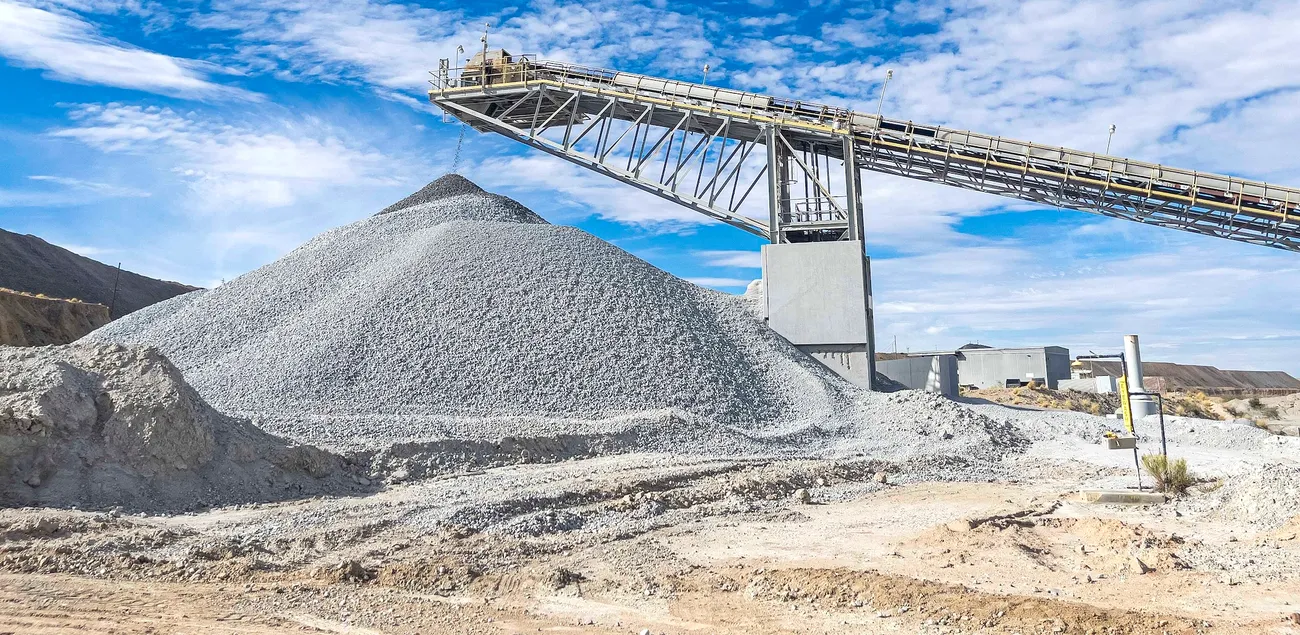
China Increases Imports of Copper Raw Materials
In May, Chinese metallurgical companies imported 2.4 million tonnes of copper concentrates, marking a 5.8% increase over the same period last year. This growth brought total copper concentrate imports to 12.4 million tonnes for the first five months of 2025, a 7.4% rise compared to the previous year. The main suppliers remain Latin America and Africa. However, May’s figure also represented a sharp drop from April’s record imports, reflecting typical seasonal fluctuations as Chinese smelters undergo scheduled maintenance.
Meanwhile, imports of unprocessed copper declined. In May, China brought in 427,000 tonnes of unwrought copper, a 16.9% decrease year-on-year. For the January–May period, these imports fell by 6.8% to nearly 2.2 million tonnes. This trend is influenced by several factors. First, domestic demand for copper remains robust, driven by the automotive sector, a seasonal upturn in construction, and ongoing repairs to power grids and energy facilities. There is also strong demand for sulphuric acid, a by-product of copper smelting used in fertiliser production, and for gold, which is recovered during copper processing.
Second, reduced shipments of copper concentrates from mining companies have forced Chinese smelters to blend higher-quality raw materials with lower-quality ones and to increase the use of scrap and waste. Third, global copper trade flows are shifting, with more copper moving to the United States ahead of new US import tariffs. This has led to low copper stocks at the Shanghai Futures Exchange, while inventories at the US COMEX have doubled since March. Premiums for copper deliveries to Japan are also at record highs.
Looking ahead, China is expected to further increase copper imports in the coming months, as high capacity utilisation in the non-ferrous metallurgy sector is supported by strong orders from manufacturing and construction for semi-finished copper products.
Jadar Recognised as Strategic Project for the European Union
The European Commission has granted strategic status to the Jadar lithium project in Serbia, operated by Rio Tinto, under the Critical Raw Materials Act. This designation, part of a broader EU effort to secure critical mineral supplies, allows the project to benefit from EU legislative support. Jadar is notable for its unique jadarite deposit, a mineral containing boron, silicon, lithium, and sodium, discovered by Rio Tinto in 2004.
Initially, Rio Tinto planned to start production in 2026, ramping up to 58,000 tonnes of lithium carbonate equivalent per year by 2029, which would have made it the largest lithium supplier in Europe. However, the project faced strong local opposition due to environmental concerns, particularly regarding potential pollution of the Jadar River valley, a major agricultural region. After mass protests, the Serbian government revoked the project’s permit in 2022.
In 2024, Rio Tinto provided new environmental safety guarantees, and Serbian authorities agreed to allow the project to proceed, aiming for a 2028 start. This decision reignited protests across Serbia. Rio Tinto plans to invest $2.4 billion in the mining and metallurgical complex, which will also produce boric acid and sodium sulphate.
Lithium is critical for European industry, which is almost entirely dependent on imports from China. The EU’s Critical Raw Materials Act aims to ensure that by 2030, at least 10% of lithium is sourced from within the bloc. However, new mining projects continue to face scrutiny over their environmental and social impacts.
Hindustan Zinc to Double Zinc Production
Hindustan Zinc, India’s largest zinc producer, has approved a $1.4 billion investment to build a new zinc production facility in Debari, Rajasthan. The new plant will raise the company’s zinc output from 1.129 million tonnes to 1.379 million tonnes, with a long-term goal of reaching 2 million tonnes per year. Silver production, a by-product of zinc ore processing, will also rise from 0.8 to 1.5 thousand tonnes per year. The project, funded through a mix of internal resources and loans, is expected to be completed within three years.
Hindustan Zinc is the world’s second-largest zinc producer and dominates the Indian market with a 77% share. The company’s expansion aligns with India’s push to boost domestic industry and reduce reliance on imports, especially as the government targets 300 million tonnes of steel production by 2030. Zinc demand is expected to double over the next five to ten years, driven by infrastructure projects requiring galvanised steel.
At the close of the 2025 financial year, Hindustan Zinc reported an 18% increase in revenue to $4.1 billion and a 33% rise in net profit to $1.2 billion. The company’s expansion will support India’s infrastructure boom and growing demand for zinc in the automotive and construction sectors.
Chevron Moves into US Lithium Extraction
Chevron has acquired 50,600 hectares of land in Texas and Arkansas from TerraVolta Resources and East Texas Natural Resources, targeting lithium extraction from underground brines in the Smackover Formation. This geological formation, spanning several southern US states, is known for its lithium-rich brines. According to the US Geological Survey, the Smackover Formation could contain between 5 and 19 million tonnes of lithium, a quantity that far exceeds projected global demand for 2030.
Chevron’s entry into lithium extraction follows similar moves by ExxonMobil, Occidental Petroleum, and Equinor, all of whom are developing projects in the Smackover region. Chevron plans to use direct lithium extraction (DLE) technology, which employs selective sorbents, membranes, or ion exchange systems to extract lithium from brines. This method is faster and less environmentally damaging than traditional evaporation ponds.
The company’s acquisition is part of a broader US policy push to secure domestic supplies of critical minerals. While DLE technology has not yet been commercialised at scale, Chevron’s move positions it to benefit as demand for lithium continues to grow, despite current price weakness.
SK Nexilis Expands Copper Foil Operations in Southeast Asia
SK Nexilis, a South Korean manufacturer of copper foil for lithium-ion batteries, has received a $110 million investment from Toyota Tsusho for its Malaysian plant. The facility is a key part of SK Nexilis’ strategy to expand in Southeast Asia, where electric vehicle and battery production is increasing rapidly.
SK Nexilis’ Malaysian plant is one of the world’s largest copper foil production sites, with an annual capacity of 57,000 tonnes. The company is also expanding in Europe, with a new plant in Poland and plans to increase total production capacity to 250,000 tonnes by 2025. The Polish government recently provided a $133 million subsidy to support the development of the European facility.
Toyota Tsusho’s investment will help SK Nexilis secure raw materials and improve supply chain resilience. Copper foil is a critical component in lithium-ion battery anodes, with each electric vehicle requiring 35–40 kilograms of copper foil. Global production capacity for battery-grade copper foil is over 1.4 million tonnes and is expected to reach 2 million tonnes in the long term.
SK Nexilis is the world’s largest producer of copper foil, supplying major battery manufacturers such as LG Energy Solution, Samsung SDI, SK On, Panasonic, and CATL. The company plans to continue expanding its global footprint to meet growing demand from the electric vehicle sector.
